How to grow a Hawaiian ti plant – give your yard a tropical feel and a touch of good luck with this fabulous foliage
Cordyline fruticosa will guarantee a vibrant splash of color in your yard
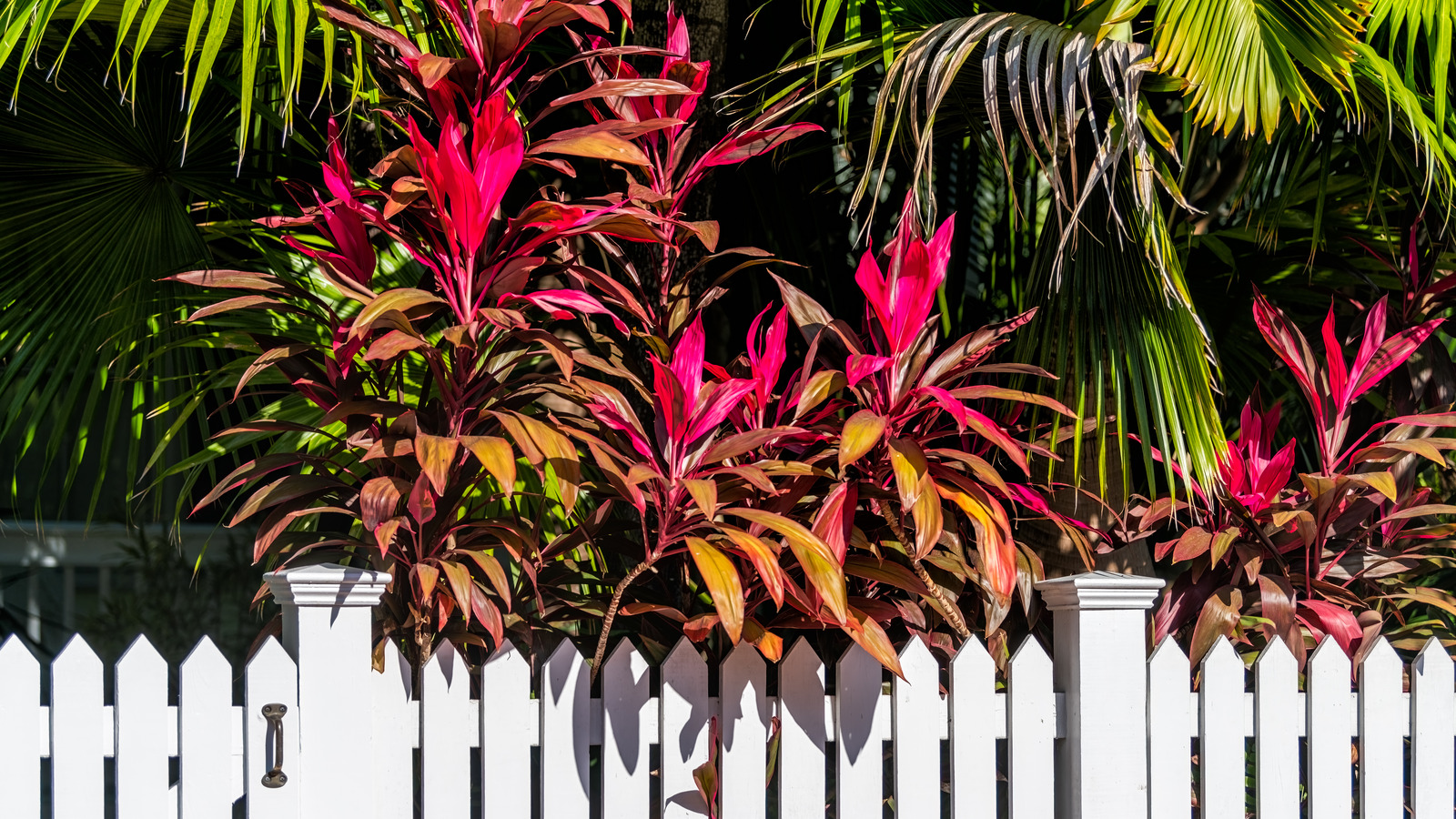
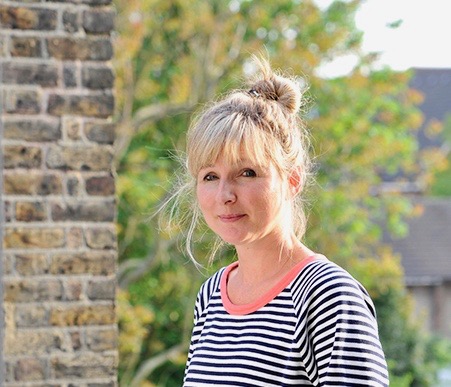
With its beautiful, long, pink-tinged leaves, the Hawaiian ti plant (Cordyline fruticosa) is a popular house or conservatory plant. And in warmer zones, this eye-catching evergreen can be grown outside too.
Commonplace in southeast Asia and the Pacific islands, where it has cultural and spiritual significance, the Cordyline fruticosa is generally grown in the US for its attractive appearance. It's particularly popular with those interested in tropical garden ideas.
If you're a fan of foliage over flowers, the striking pink, mauve, red or variegated leaves on this plant will stand out against a sea of green elsewhere in the garden. When grown outside it may produce clusters of small white flowers, followed by red berries too. We turned to expert gardeners for advice on how to grow a Hawaiian ti plant and where best to plant one.
How to grow a Hawaiian ti plant
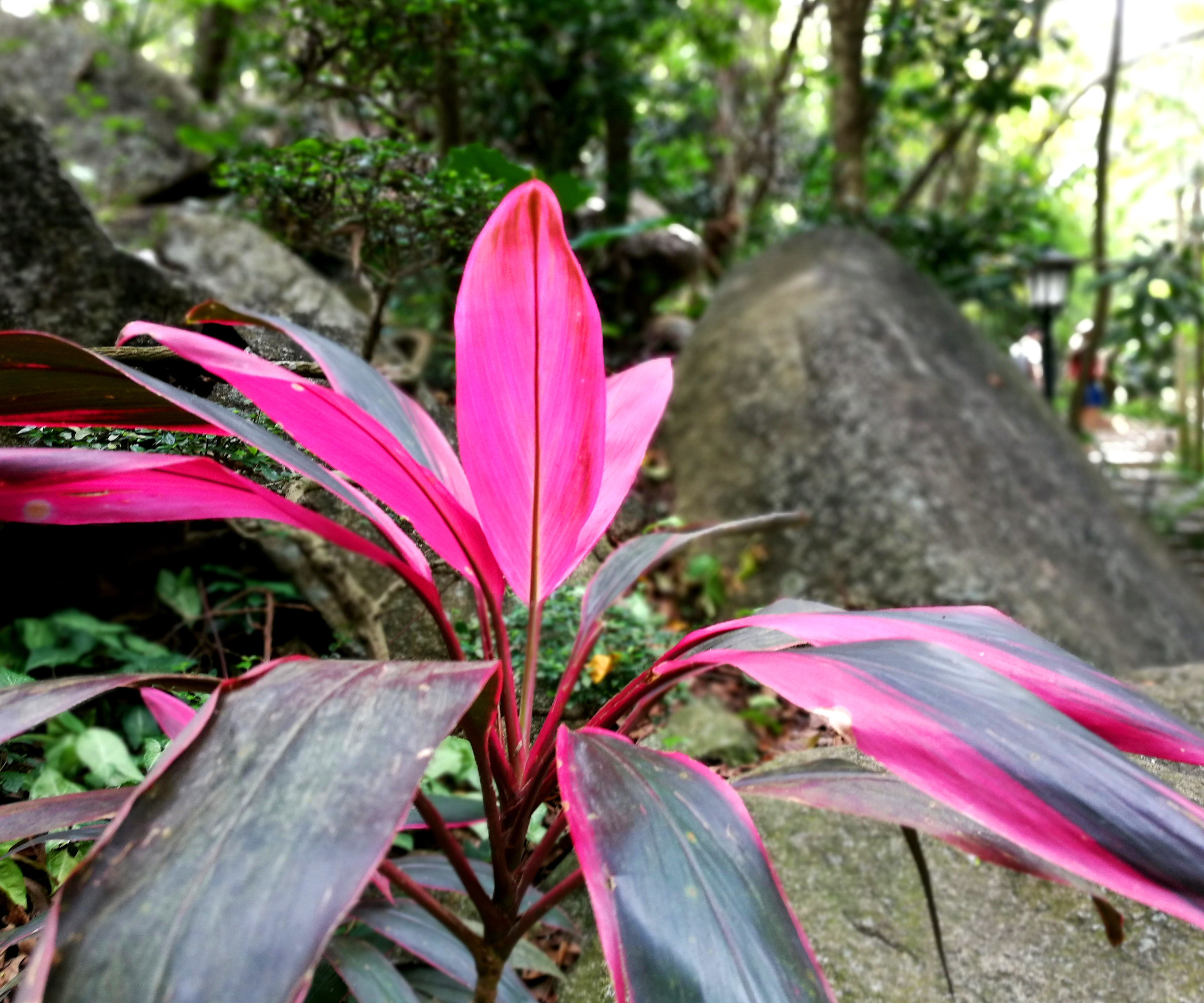
The Hawaiian ti plant (such as this Cordyline Fruticosa 'Florica' from Fast-Growing Trees) can generally be grown outside in zones 9-11, in a pot on your patio in zones 3-11 or indoors as a houseplant.
Although its exact origins are unknown, the ti plant (also known as the good luck plant for it is believed to be a symbol of protection) thrives in warm, humid climates. In these conditions, it will make a bold contribution to a garden color scheme. However, in areas with cold winters, it can be grown in a container garden and brought indoors for the winter.
'The Hawaiian Ti plant is generally hardy in zones 10 and above,' says Justine Kandra, horticulturist, Missouri Botanical Garden. 'They prefer tropical climates but can tolerate brief dips in temperature.
'When planted outdoors, ti plants grow best in part shade and evenly moist, well-drained soil. They are tolerant of sunnier conditions as long as soil moisture needs are met. They are intolerant of salt spray and prolonged drought.
'The colorful foliage of many ti plant cultivars is their most horticulturally significant characteristic. There are selections with purple, red, pink, and chartreuse foliage, with splashes, streaks, and stripes of contrasting colors along the lengths of the leaves. They are also easy to propagate from stem cuttings, so making more ti plants for your garden or houseplant collection is a breeze.'

Justine Kandra is a horticulturist at the Missouri Botanical Garden in St. Louis, Missouri. A botanist by training, she enjoys helping patrons with their plant problems at the Kemper Center for Home Gardening.
Growing habits of ti plants
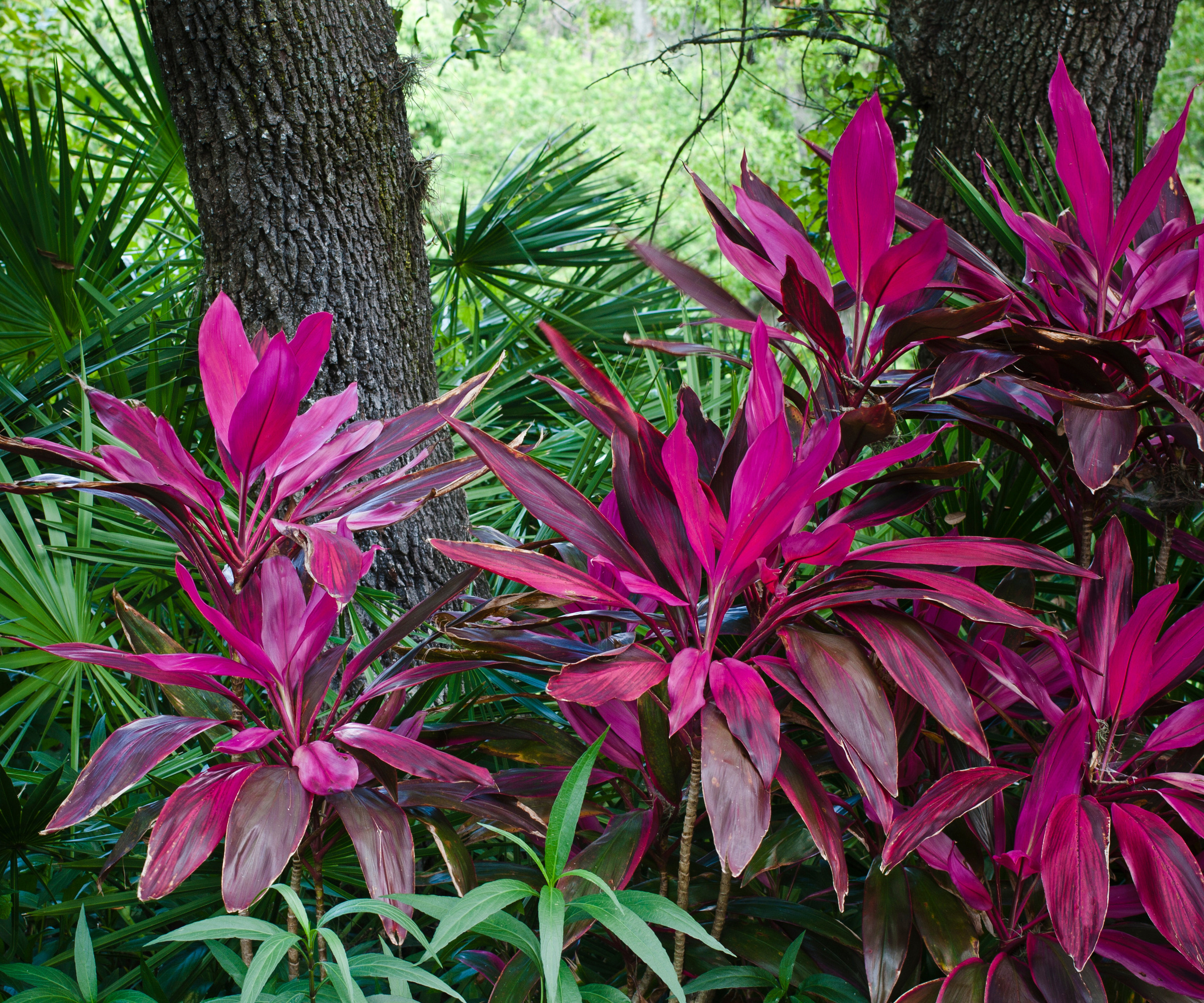
With good care and the right conditions, ti plants can grow fairly tall. Plant them in spring for best results. They have a slow to moderate growth habit and will not become an invasive plant.
'In ideal conditions ti plants can reach 10 or more feet in height,' says Justine. 'Ti plants are relatively low maintenance tropical landscape plants. They do not require pruning, although cutting back stems that have outgrown their space will encourage new growth from the base of the plant.'
'The ti plant typically takes about three years to reach its full size, but noticeable growth often begins within six months to a year,' adds Nastya Vasylchyshyna, resident botany expert, Plantum. 'Normally, the plant grows to a height of 3–5 ft (1–1.5 m), but it could reach up to 10 ft (3 m).'

Nastya Vasylchyshyna is a professional botany expert for the Plantum app that helps identify plants and plant diseases and provides care recommendations. She has consulted on botany-related topics for Plantum for four years. She specializes in plant morphology, phytopathology, and plant physiology.
Care guide for Hawaiian ti plants
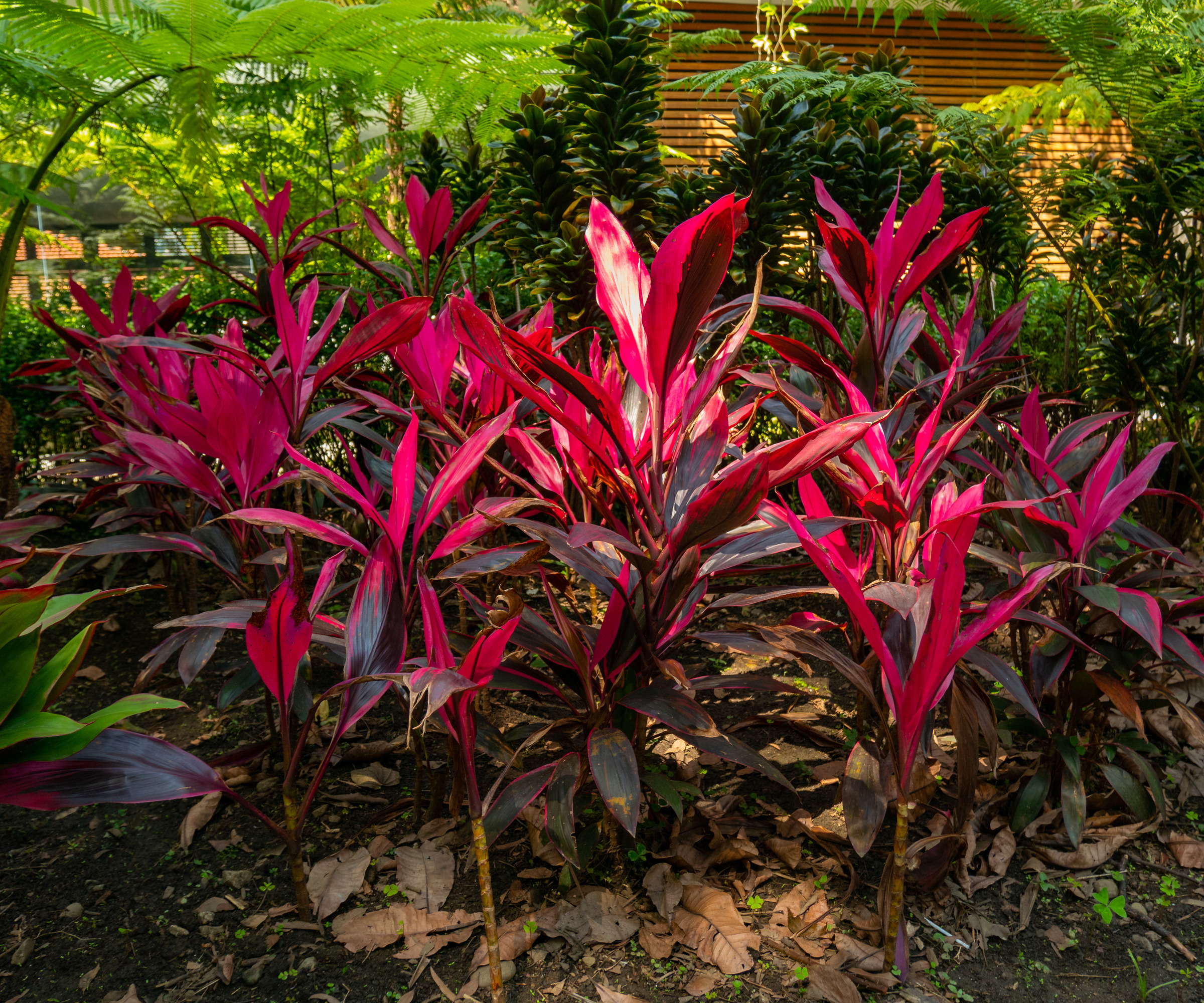
Soil: Cordyline fruticosa grows best in nutrient-rich, well-draining, sandy or loamy soil types with a slightly acidic pH. 'It's often necessary to add some compost and a drainage layer of sand or pebbles to the planting hole,' says Nastya. 'If the soil is poor, enrich it with compost or a store-bought potting mix. If the soil is dense or consists of clay, mix it with coarse sand to improve drainage.'
If you don't make your own compost, try this Espoma mushroom compost form Nature Hills to boost the nutrients in your soil.
Light: This plant thrives in bright, yet indirect or diffused light and can’t tolerate prolonged exposure to midday sun, so take your time choosing the right spot for it. 'Keep in mind, full shade can result in pale, weak leaves, but too much direct sunlight can lead to leaf scorch and cause the plant to dry out,' says Nastya.
Watering: Maintain moderate moisture, avoiding both excessive dryness and overwatering these outdoor plants. 'Water whenever the topsoil gets dry,' says Nastya. 'But don’t water during rainy weather; wait for the soil to dry out a bit first.
'During spring and summer, you may need to give the plant a drink 1–3 times a week, depending on the temperature and lighting conditions. In cooler weather, reduce watering to prevent waterlogging and root rot.
'The soil or potting mix should be well-drained but be kept evenly moist during the growing season,' adds Justine.
Temperature: Cordyline fruticosa thrives in temperatures between 66 and 86°F (19°C and 30°C). It can handle a brief drop to 32ºF (0°C), but prolonged exposure will kill the plant.
'If temperatures close to freezing are forecast, a layer of mulch over the roots of a ti plant will help protect them from damage,' says Justine.
'Bear in mind that if winter temperatures in your region regularly fall below 50ºF (10°C), you’ll need to take the plant indoors,' says Nastya.
These lightweight, matte black Crescent Garden Madison planters at Fast-Growing Trees would perfectly offset the Cordyline's vibrant pink foliage.
Fertilizer: Ti plants do not need a lot of fertilizer. 'Applying any slow-release, all-purpose fertilizer at half-strength during the growing season will be sufficient for outdoor ti plants,' says Justine.
Common pests and diseases: The ti plant is susceptible to pests like mealybugs, scale insects, spider mites, and thrips, although these are more common when the plant is grown indoors. 'You can get rid of them by applying neem oil,' says Nastya.
'To deal with smaller infestations, you can just wash off the pests with water. Snails and slugs may attack the plant during wet weather. Remove them by hand in the early morning or evening, or use pheromone traps. Be cautious if using chemical products, as they can be toxic to pets and birds.'
FAQs
Are Cordylines best in pots or the ground
This depends on your US hardiness zone and the climate where you live. As outlined already, with the right conditions of partial sun, well-draining soil, warm temperatures and some humidity, the Cordyline can thrive outside in the ground. However, the benefits of growing this plant in a pot means it can be moved out of full sun, if it is suffering, or moved into the warm during cold winters.
'In frost-prone areas, grow this plant in a container, so that it can be moved into the house or garage before temperatures drop,' says Nastya.
As with any plant, replicating its native conditions will give it the best chance of thriving. In regions below hardiness zones 9-10, Cordyline can be grown in a conservatory, or as a houseplant and brought outside in summer. Or grown as a patio plant in a pot and brought in for the winter.
Sign up to the Homes & Gardens newsletter
Design expertise in your inbox – from inspiring decorating ideas and beautiful celebrity homes to practical gardening advice and shopping round-ups.
Jacky Parker is a freelance lifestyle journalist and writer, producing a wide range of features for magazines and websites. She has written for Homes & Gardens and its sister titles, Livingetc and Country Homes & Interiors for more than 15 years, both as a freelance contributor and staff member, regularly reporting on the latest interiors, gardens and lifestyle inspiration, speaking to experts in their respective fields and discovering the newest tips.
You must confirm your public display name before commenting
Please logout and then login again, you will then be prompted to enter your display name.
-
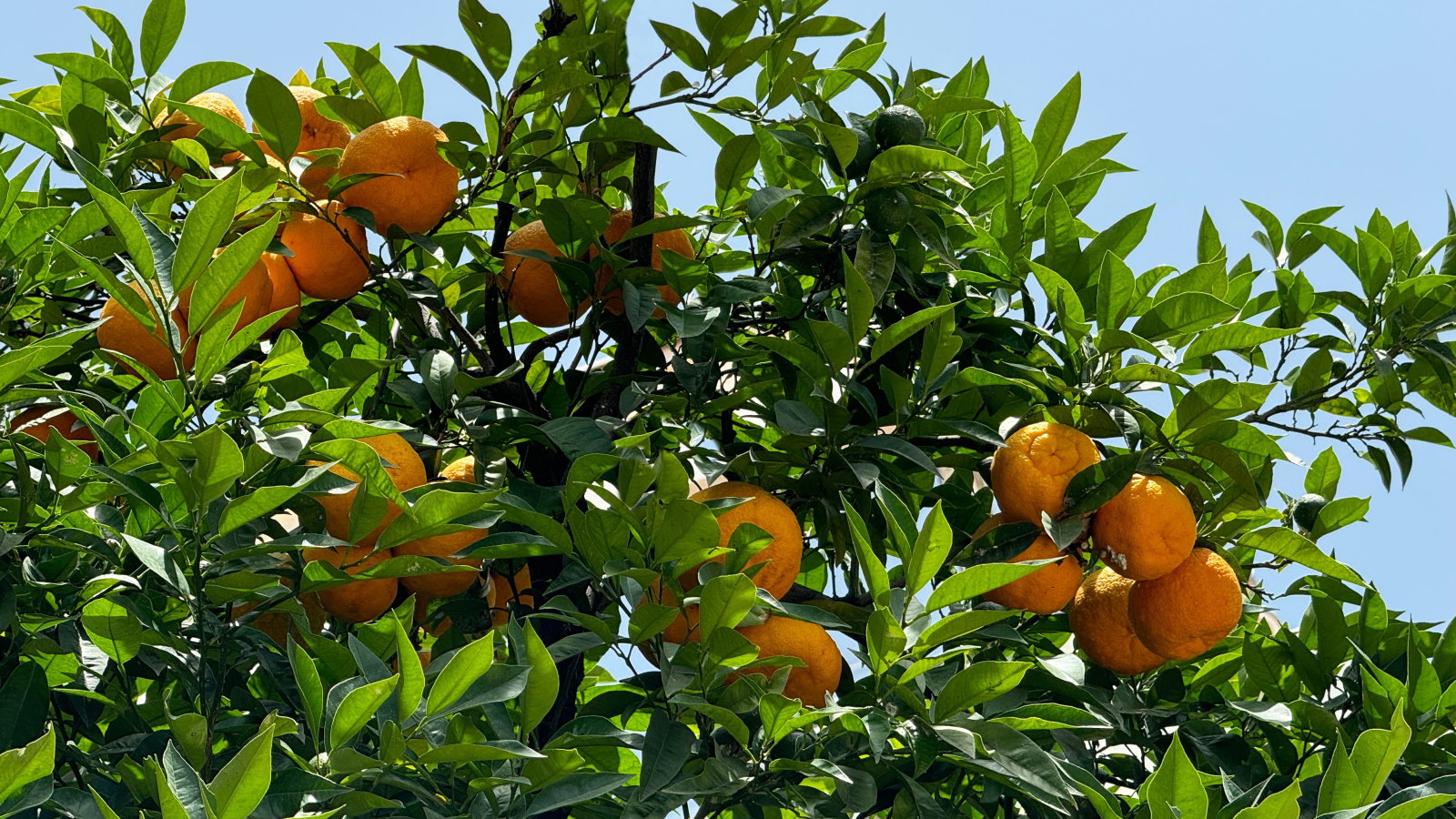 How to grow grapefruit for homegrown sweet and tangy, highly nutritious harvests – a fruit tree expert shares their planting and care tips
How to grow grapefruit for homegrown sweet and tangy, highly nutritious harvests – a fruit tree expert shares their planting and care tipsFrom planting to harvesting, this is all you need to know about grapefruit trees
By Drew Swainston
-
 I struggled for 10 years to redesign my living room until I saw Joanna Gaines's 'quiet luxury masterpiece' – she's totally reinvented '50s style
I struggled for 10 years to redesign my living room until I saw Joanna Gaines's 'quiet luxury masterpiece' – she's totally reinvented '50s styleI was never a fan of '50s style until I saw this perfect room
By Jennifer Ebert